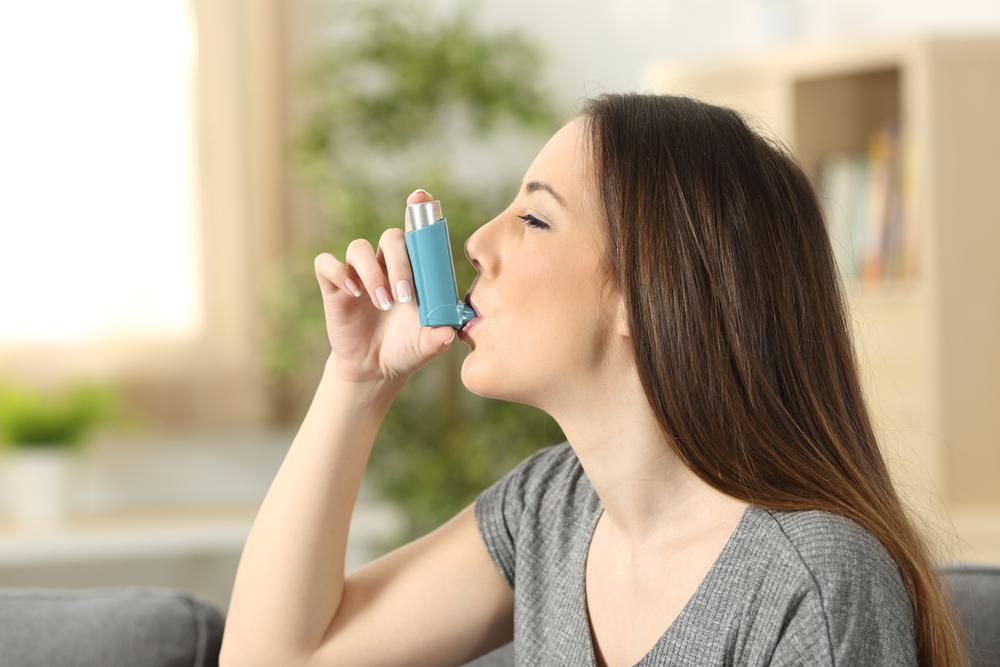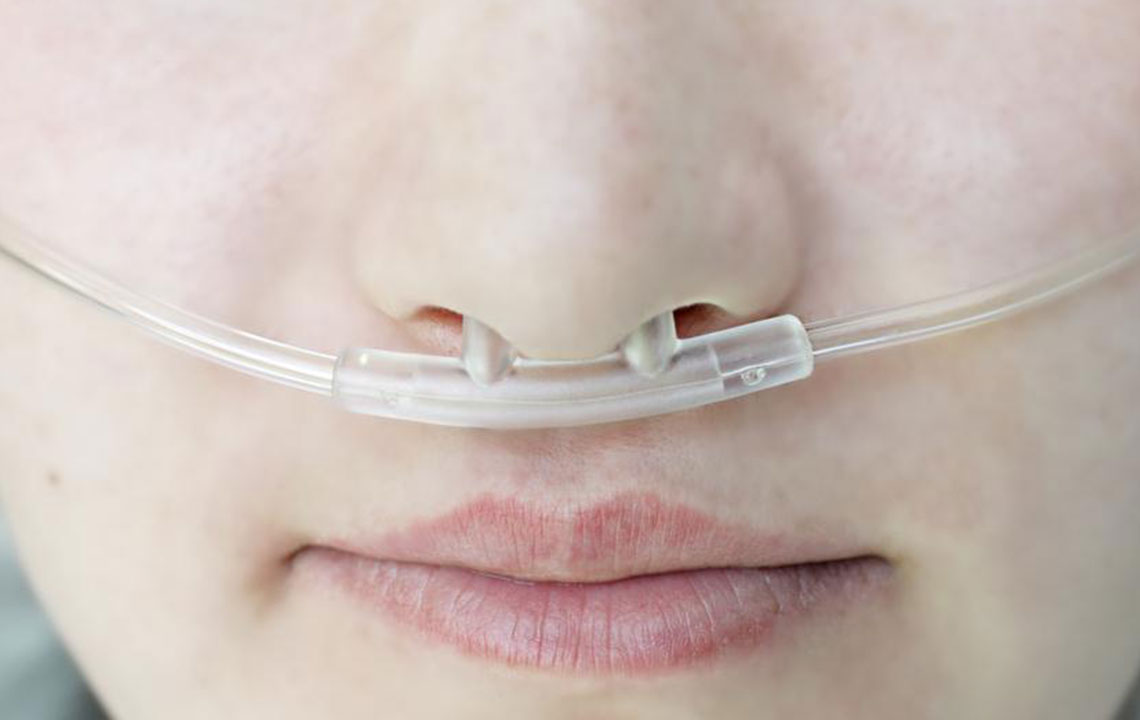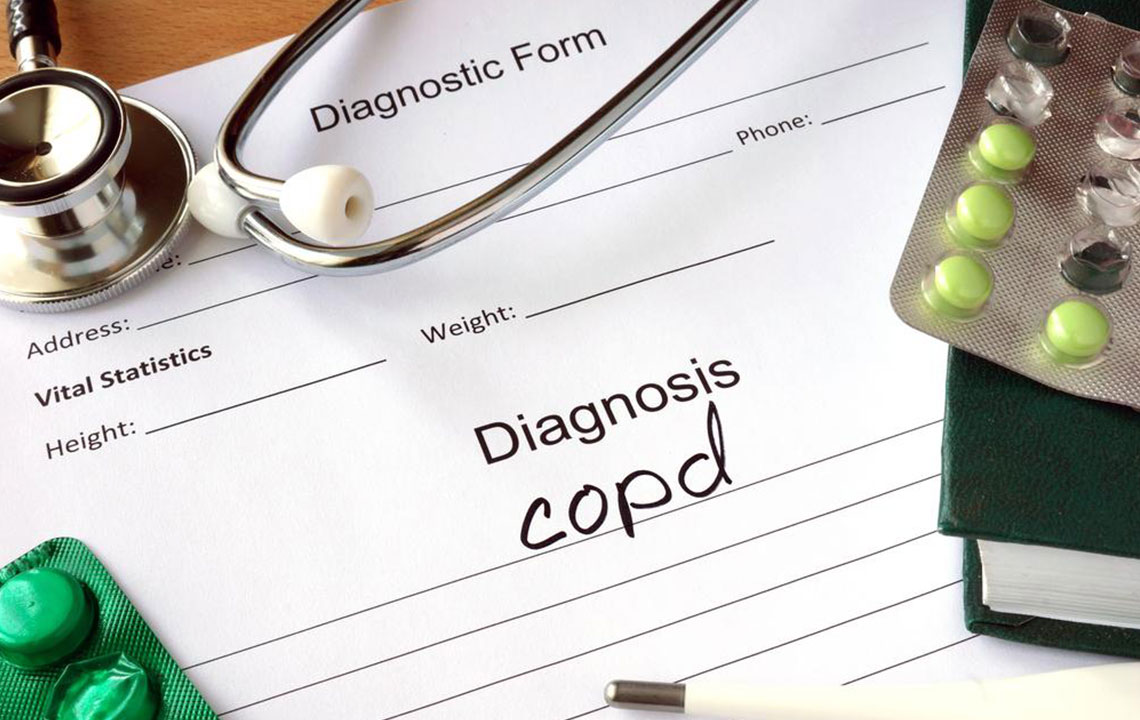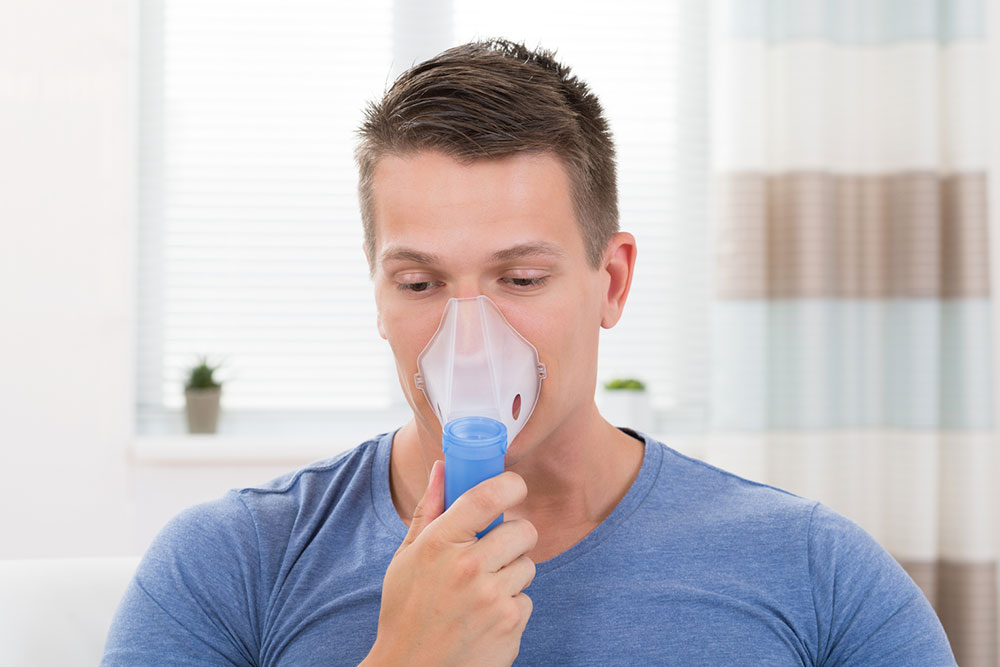Comprehensive Guide to COPD: Causes, Symptoms, and Effective Management Strategies
This comprehensive article explores COPD, detailing its causes, symptoms, and management strategies. Understanding the complexities of this chronic lung disease is essential for prevention and effective treatment. The article emphasizes lifestyle changes, medical therapies, and future research directions to improve patient quality of life and slow disease progression.

Chronic Obstructive Pulmonary Disease (COPD) is a chronic, progressive lung condition that significantly impacts breathing efficiency and quality of life. Characterized by persistent airflow obstruction, COPD results from irreversible damage within the lungs, often developing over years due to various risk factors. Understanding COPD's underlying causes, recognizing typical symptoms, and exploring current management options are crucial for patients and healthcare providers alike. This comprehensive guide delves into the complexities of COPD, outlining preventive measures, symptom management techniques, and treatment options to improve patient outcomes.
Understanding COPD: An Overview
Chronic Obstructive Pulmonary Disease encompasses a group of lung conditions primarily affecting airflow. The two main types of COPD are chronic bronchitis and emphysema, although many patients experience a combination of both. These diseases impair the lungs' ability to exchange gases efficiently, leading to decreased oxygen intake and increased carbon dioxide retention. Over time, untreated or poorly managed COPD can lead to severe health complications, including heart problems, respiratory infections, and reduced lifespan.
Types of COPD and Their Characteristics
Chronic Bronchitis: Defined by a persistent cough with mucus production lasting at least three months in two consecutive years. The condition involves inflammation of the bronchial tubes, causing swelling and excess mucus secretion. This narrows the airways, making breathing laborious and increasing the tendency for respiratory infections.
Emphysema: Involves damage to the alveoli, the tiny air sacs responsible for gas exchange. This damage results in loss of lung elasticity, making it difficult for the lungs to deflate properly during exhalation. As alveolar walls weaken or rupture, it diminishes the surface area available for oxygen and carbon dioxide exchange, leading to breathlessness and reduced oxygen saturation.
Many patients experience overlapping features of both conditions, which intensifies disease progression and complicates treatment. As the disease advances, lung function deteriorates, and patients often require ongoing medical support.
Causes and Risk Factors for COPD
Understanding what contributes to COPD is vital for prevention and management. Several factors significantly increase the risk of developing the disease:
Smoking: The most prominent cause of COPD globally is cigarette smoking. Tobacco smoke contains thousands of chemicals that irritate and inflame the bronchial lining, leading to persistent inflammation. The toxins in cigarette smoke also stimulate mucus overproduction, which blocks airways. Moreover, smoking increases the activity of enzymes such as elastase, which damages elastin, a key protein responsible for lung elasticity. These changes contribute to the development of emphysema, where lung tissues lose their natural recoil and become more susceptible to rupture.
Environmental Pollution: Exposure to high levels of air pollution, such as particulate matter, nitrogen dioxide, and industrial fumes, substantially raises COPD risk. Living in urban areas or working in environments with heavy pollution, such as factories or construction sites, can accelerate lung damage.
Occupational Hazards: Certain workplaces, including coal mines, construction sites, and chemical plants, expose workers to dust, fumes, and toxic gases. Repeated inhalation of these irritants over years increases the likelihood of developing COPD regardless of smoking habits.
Genetic Factors: Though less common, genetic predispositions like alpha-1 antitrypsin deficiency can cause early-onset emphysema, especially when combined with environmental exposures.
Recognizing Symptoms of COPD
Early detection of COPD relies on recognizing its hallmark symptoms, which can often be mistaken for other respiratory illnesses. Common signs include:
Persistent Cough and Sputum Production: Often described as a chronic cough that may produce mucus, lasting for several months and recurring over years. The cough frequently worsens in the mornings or during cold weather.
Dyspnea (Shortness of Breath): Especially during physical exertion or while climbing stairs, patients experience an increasing sense of breathlessness as lung function diminishes.
Wheezing: A high-pitched whistling sound during breathing, caused by narrowed airways.
Frequent Respiratory Infections: Patients are more susceptible to colds, influenza, and bronchitis, which can exacerbate COPD symptoms.
Fatigue and Chest Tightness: As breathing becomes harder, individuals often experience generalized tiredness and chest discomfort.
Swelling and Cyanosis: Swelling in ankles or swelling of the legs, along with bluish skin around lips and fingertips, indicates severe oxygen deprivation and advancing disease.
Strategies for Managing and Treating COPD
Although COPD currently has no cure, a combination of lifestyle modifications, medications, and regular monitoring can significantly slow disease progression and improve quality of life. Early intervention is key to minimizing lung damage.
Medical Treatments
Bronchodilators: Inhaled medications that relax airway muscles, making breathing easier. These are often the first line of treatment and include short-acting and long-acting forms.
Corticosteroids: Used to reduce inflammation in the airways, corticosteroids may be administered via inhalers or oral medications, especially during flare-ups or severe cases.
Antibiotics: Essential for treating bacterial infections that can worsen COPD symptoms or lead to exacerbations.
Oxygen Therapy: For patients with advanced disease and significant oxygen deficiency, supplemental oxygen can improve survival and functional capacity.
Pulmonary Rehabilitation: A multidisciplinary approach involving exercise training, nutritional counseling, and education to enhance lung function and alleviate symptoms.
Lifestyle and Preventive Measures
Smoking Cessation: The most effective step in preventing and managing COPD. Various cessation programs, medications, and counseling can support quitting smoking.
Environmental Control: Reducing exposure to pollutants and irritants, using air purifiers, and wearing masks in hazardous environments.
Regular Exercise: Engaging in tailored physical activity can improve respiratory muscle strength and overall endurance.
Vaccinations: Influenza and pneumococcal vaccines are recommended to prevent respiratory infections that can exacerbate COPD.
Healthy Diet: Maintaining a balanced diet supports immune function and overall health, which can help mitigate disease effects.
Living Well with COPD
Managing COPD involves a holistic approach combining medical treatment, lifestyle adjustments, and support systems. Patients are encouraged to monitor their symptoms regularly, recognize early signs of exacerbations, and follow their healthcare provider's advice diligently. Pulmonary rehabilitation programs are especially beneficial, offering education on disease management, breathing exercises, and psychosocial support.
In addition, family support and community resources can play a vital role in helping patients cope with the disease socially and emotionally. Smoking cessation remains the cornerstone of prevention and early management, significantly reducing disease progression risk.
Future Perspectives and Research
Ongoing research aims to develop more effective treatments, improve early detection, and explore regenerative therapies such as lung tissue engineering. Precision medicine approaches tailored to individual genetic and environmental profiles could revolutionize COPD management in the coming years, offering hope for better outcomes and quality of life.
In conclusion, COPD is a complex, multifactorial disease that requires comprehensive management strategies. Awareness, early diagnosis, lifestyle modifications, and adherence to medical therapies are key components of effective disease control. Everyone vulnerable to COPD should prioritize lung health and work closely with healthcare professionals to implement optimal management plans.





